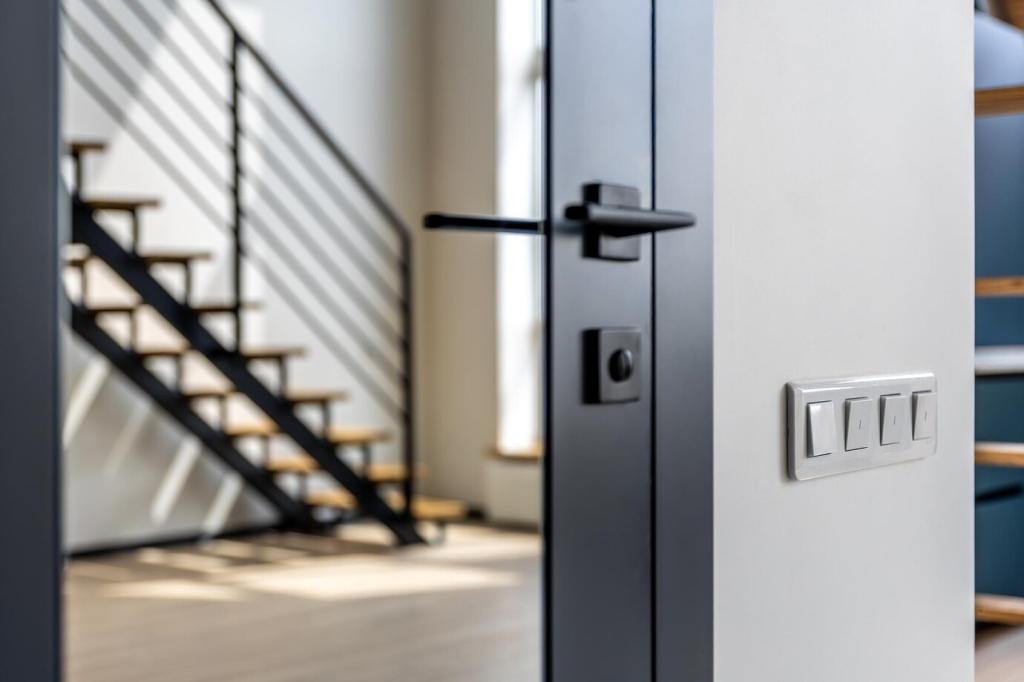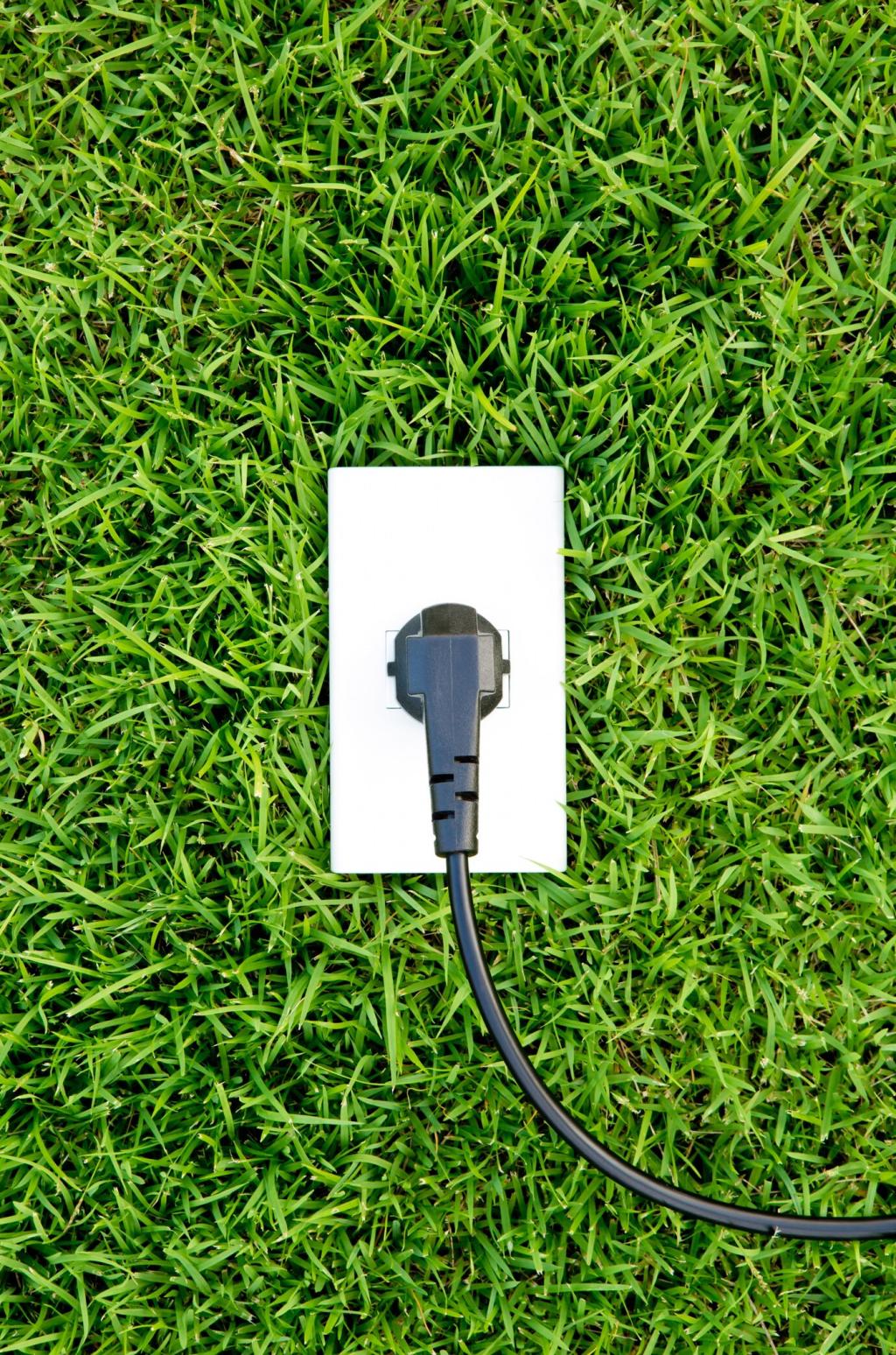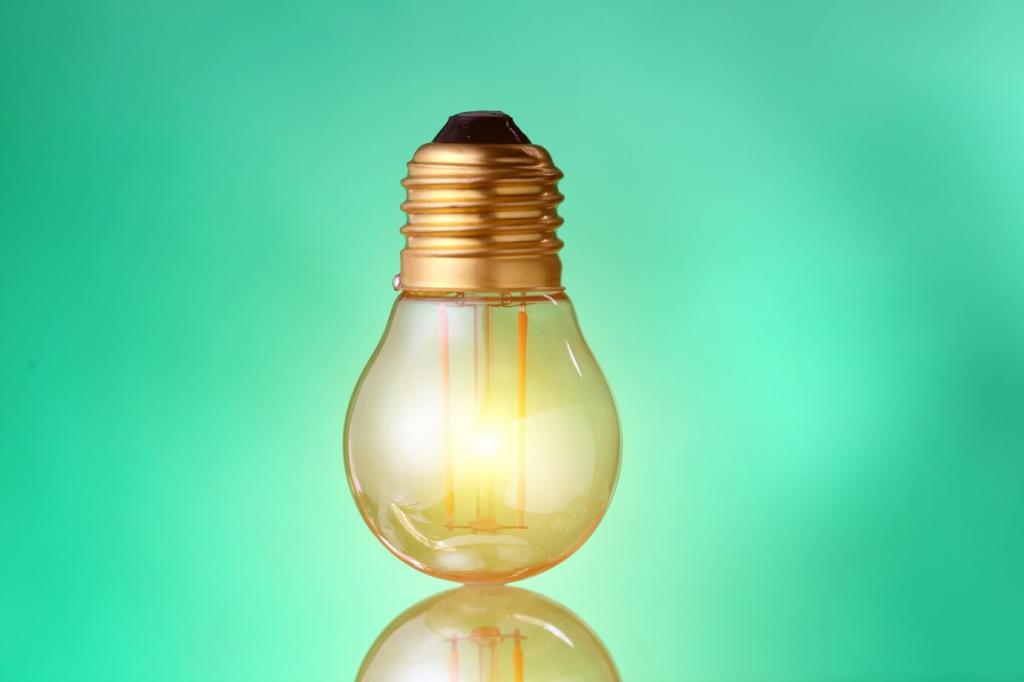Energy-Efficient Windows for Winter Months: Warmth, Light, and Savings
Chosen theme: Energy-Efficient Windows for Winter Months. Embrace cozier rooms, brighter days, and smarter energy use as temperatures drop. Let’s explore practical ideas and heartfelt stories that turn chilly drafts into quiet comfort. Share your experiences and subscribe for weekly winter window insights.

How Energy-Efficient Windows Perform in Winter
In winter, a low U-factor helps keep heat inside, while a moderate Solar Heat Gain Coefficient can welcome precious sunlight. Pairing these ratings wisely ensures rooms feel steady and calm, even when the wind howls outside. Comment with your current window ratings.
How Energy-Efficient Windows Perform in Winter
Low-emissivity coatings reflect interior heat back into your rooms while managing glare and ultraviolet exposure. In cold months, this thin metallic layer becomes a quiet guardian against heat loss. Ask questions below if you are comparing different low-E types for your climate.


Installation Details That Make or Break Winter Performance
Proper shimming, foam sealing, and taped flashing create a continuous thermal and air barrier. This stops wind from slipping behind trim and chilling entire rooms. Share your installer checklist or ask for our winter-ready inspection tips to double-check the details.
Insert replacements disturb less trim but rely on square, healthy frames. Full-frame replacements correct hidden rot and insulation gaps. In winter regions, the latter often yields better long-term comfort. Wondering which approach fits your home? Drop your house age and wall type below.
Rushed installs risk bowed frames, misaligned sashes, and under-foamed gaps that whistle during blizzards. Demanding a thorough air-seal and verified square ensures a snug fit. If your windows were installed in freezing conditions, describe your results so readers can learn from real experiences.

Comfort, Condensation, and a Cozy Winter Routine
Taming Edge Chill and Perceived Drafts
Even without measurable leaks, cold glass edges can create downdrafts that feel like breezes. Better glazing, insulated frames, and warm-edge spacers ease that sensation. Tell us where you sit on winter evenings and whether upgraded windows changed the way the room feels.
Condensation Clues and Humidity Balance
Persistent condensation hints at high indoor humidity, thermal bridges, or inadequate ventilation. Efficient windows raise surface temperatures, reducing fog and frost. Share your humidity level and climate zone, and we will suggest ventilation habits that protect sills and keep views clear.
A Winter Morning Story
Last January, a reader described scraping frost from her old panes before coffee. After switching to triple-pane units with low-E, she now watches snow sparkle while plants thrive on the sill. Post your before and after moments to inspire fellow winter comfort seekers.
Designing for Winter Sun: Daylight and Passive Gain
South-facing windows can welcome gentle winter sunshine, boosting warmth and mood on short days. Overhangs and shades help balance seasonal extremes. If your living room faces south, share how sunlight moves across the floor and whether it reduces your heating runtime.
Fiberglass and composite frames resist expansion and contraction while holding insulation value. Thermal breaks inside metal frames deter interior frost lines. Which frame do you prefer for cold snaps, and why? Ask below for comparisons, maintenance tips, and long-term durability insights.
Triple-pane glazing cuts noise and boosts edge warmth, especially near bedrooms and desks. Double-pane units can still perform well with strong low-E and gas fills. Tell us your climate zone and comfort goals; we will help weigh costs against tangible winter comfort benefits.

Smart Spending: Costs, Rebates, and Payback in Winter
Energy-efficient certifications and regional criteria guide you toward proven winter performance. Combining rebates with seasonal promotions shortens payback time. Comment with your region, and we will point you toward programs that reward lower U-factors and verified air leakage performance.
Care and Durability Through Snow and Ice
Seasonal Inspection Checklist
Look for cracked caulk, tired gaskets, and clogged weep holes before storms roll in. Quick fixes now prevent bigger leaks later. Want our printable winter checklist for windows and doors? Ask in the comments, and we will share a subscriber link immediately.
Cleaning Low-E Glass the Right Way
Skip abrasive pads and ammonia-heavy cleaners that can harm coatings or seals. Use soft cloths, mild solutions, and careful technique. If you have pets or kids leaving prints at nose height, tell us your favorite streak-free method for bright winter mornings.
Protecting Sills From Ice and Meltwater
Keep exterior drainage clear so meltwater does not refreeze against frames. Check roof runoff patterns that splash onto lower windows. Share a photo of your problem area, and we will brainstorm small fixes that protect trim and preserve that snug winter feeling.
Your Winter Window Action Plan
List cold spots, condensation zones, and noisy windows. Note frame materials, glass type, and any drafts during windy nights. Post your findings, and we will help prioritize upgrades that bring immediate winter comfort while setting up long-term energy savings.
Your Winter Window Action Plan
Readers learn fastest from real homes. Add pictures of frost lines, successful weatherstripping, or bright winter reading nooks after upgrades. Your story might be the nudge someone needs to finally tackle that chilly bay window before the next snowstorm arrives.


